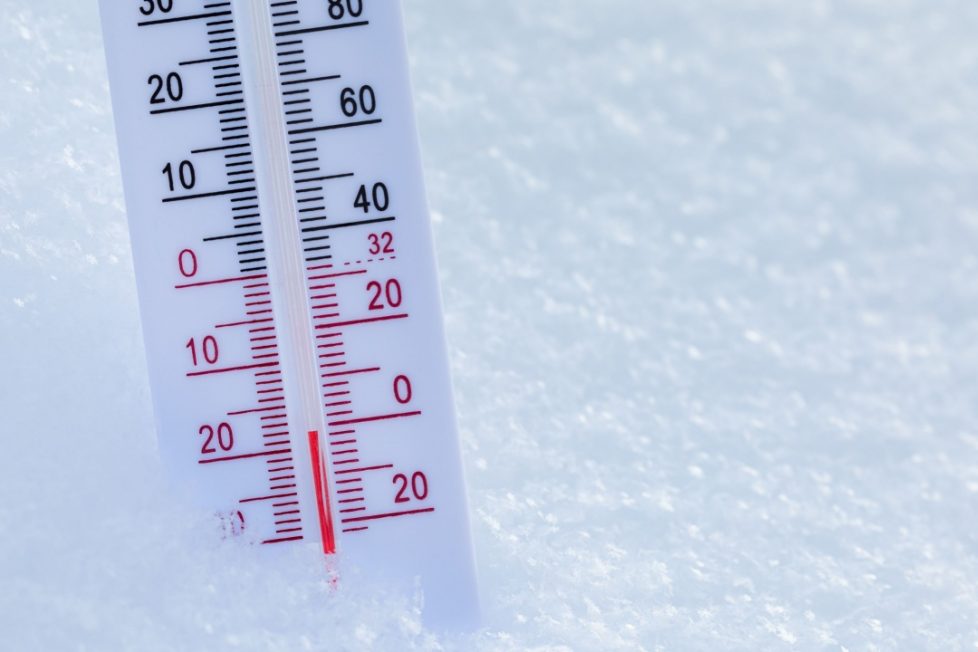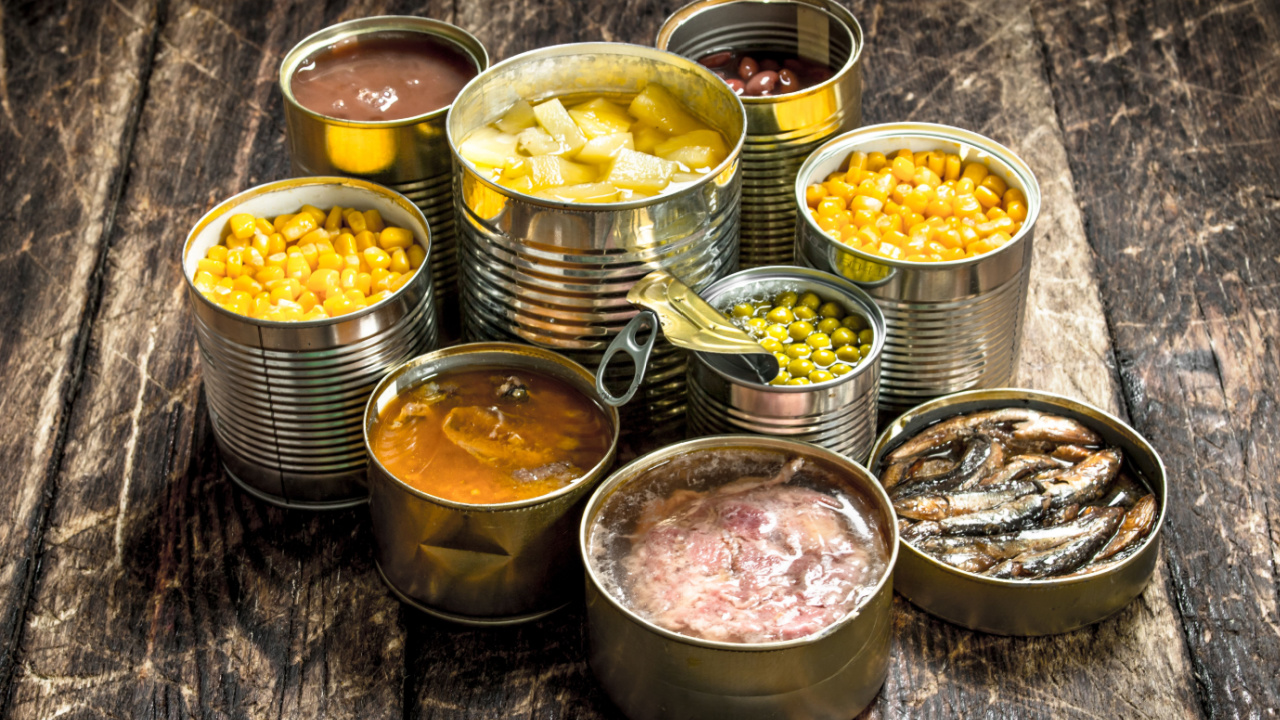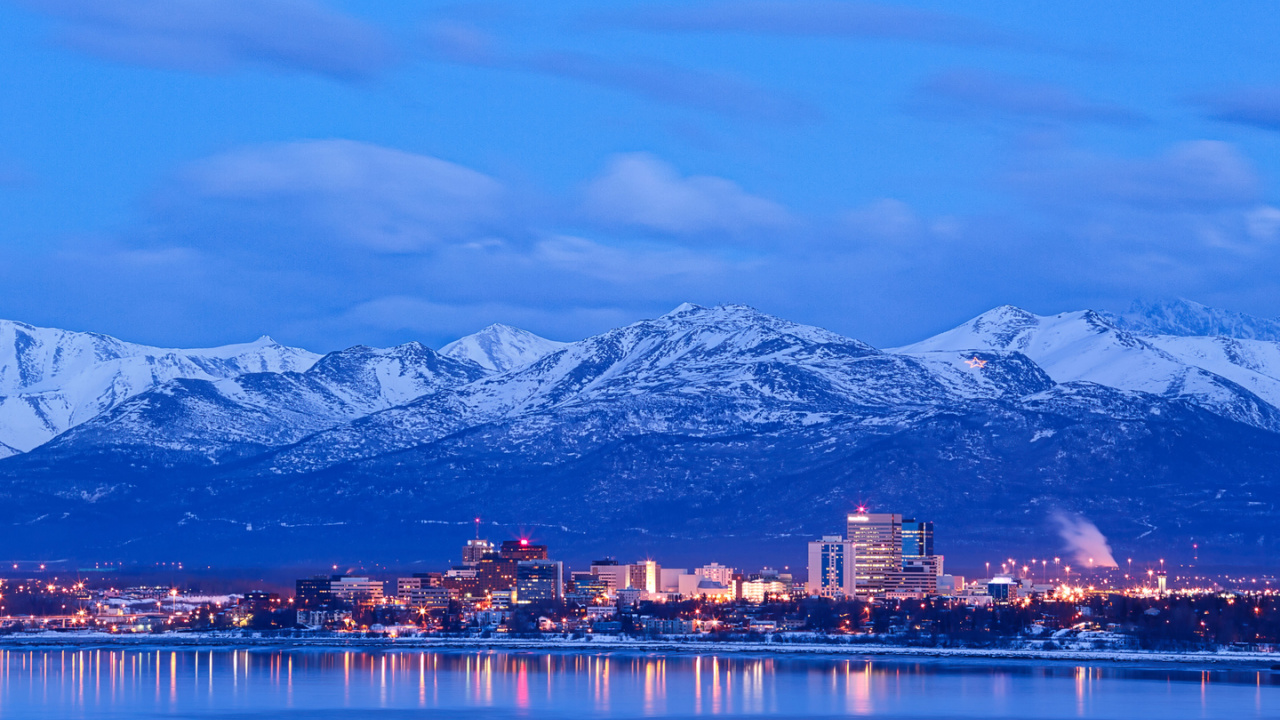18 Startling Realities About Life During a Nuclear Winter – Simple Family Preparedness


Imagine a world where the sun’s warmth is blocked, temperatures plummet, and life as we know it changes drastically. A nuclear winter could bring about such a scenario. Here are 18 shocking facts about what a nuclear winter would actually look like.
A nuclear winter would cause temperatures to drop significantly worldwide. The soot and ash from nuclear explosions would block sunlight, leading to a sudden and severe cooling effect. Some areas could experience temperature drops of up to 20 degrees Fahrenheit. This dramatic change would make it feel like an extended and harsh winter, even in typically warm regions.

The sky would be filled with thick, dark clouds of soot and ash, making it look like nighttime even during the day. This would reduce visibility and make it difficult to carry out normal activities without artificial light. The constant darkness could also disrupt natural sleep cycles, affecting both humans and animals.

With less sunlight and lower temperatures, crops would struggle to grow. Many plants need sunlight and warmth to produce food, and without these, there would be widespread crop failures. This could lead to severe food shortages. Farmers would face enormous challenges, needing to find ways to grow food in controlled environments like greenhouses.

As crops fail and food becomes scarce, famine would become a serious threat. People would have to rely on stored food supplies, which could run out quickly. Starvation and malnutrition would become common. Communities would need to ration food carefully to stretch supplies as long as possible.

Ecosystems would be thrown into chaos. Animals that rely on plants for food would struggle to survive, and predators would find it hard to hunt. This disruption could lead to the extinction of many species. Natural food chains would collapse, and the balance of ecosystems would be severely altered.

Even the oceans wouldn’t be spared. The surface waters could freeze over in many regions, affecting marine life and global weather patterns. Fishing would become nearly impossible in frozen seas. The freezing could also disrupt global shipping routes, hindering trade and supply lines.

The air quality would deteriorate due to the large amounts of soot and ash. Breathing could become difficult, and people might need masks to protect themselves from inhaling harmful particles. Prolonged exposure to polluted air could lead to serious respiratory issues and other health problems.

Nuclear explosions would release chemicals into the atmosphere, leading to acid rain. This rain would harm plants, animals, and even buildings, further compounding the environmental damage. Acid rain could also contaminate water sources, making clean drinking water scarce.

Infrastructure would suffer as extreme cold and acid rain take their toll. Roads, bridges, and buildings could collapse or become unusable, making travel and transport extremely difficult. Power grids and communication networks would also be at risk of failure, isolating communities.

The global economy would take a massive hit. With disrupted agriculture, trade, and industry, many countries would face economic collapse. Jobs would disappear, and money could become worthless. Governments would struggle to provide basic services and maintain order amid the chaos.

Radiation levels would remain high after the initial nuclear blasts. This radiation could cause serious health problems, including cancer and genetic mutations. It would also make large areas uninhabitable. People would need to avoid contaminated zones and use protective gear to minimize exposure.

With weakened immune systems from malnutrition and radiation exposure, people would be more susceptible to diseases. Outbreaks of illness would be harder to control with limited medical supplies and infrastructure. Sanitation issues and overcrowded living conditions could further accelerate the spread of diseases.

The constant darkness, cold, and fear would take a toll on mental health. Depression, anxiety, and PTSD would become widespread as people struggle to cope with the new reality. Community support and mental health resources would be crucial in helping people manage their stress and emotions.

Advanced technology relies on a stable society and functioning infrastructure. In a nuclear winter, maintaining and repairing technology would be challenging, leading to a regression to more basic ways of living. Survival skills and low-tech solutions would become more valuable than ever.

As resources become scarce, social order could break down. People might fight over food and supplies, leading to increased violence and lawlessness. Communities would need strong leaders to maintain order. Cooperation and mutual aid within communities would be essential for survival.

People would flee the most affected areas, leading to mass migrations. This movement could cause conflicts over resources in less affected areas and strain the capacity of regions to support large influxes of refugees. Border controls and humanitarian aid would be critical in managing these migrations.

Those who have prepared with food, water, and supplies would fare better. Preppers would need to be self-sufficient, relying on their stockpiles and skills to survive in the harsh conditions. Knowledge of sustainable living practices would be invaluable for long-term survival.

Despite the grim outlook, there is hope. Human ingenuity and resilience have helped us overcome past disasters. Communities working together, sharing resources, and supporting each other could eventually rebuild society and recover from the devastation. Preparing for the worst while hoping for the best would be the key to enduring such a catastrophe.

In the face of uncertainty, being well-prepared gives you at least some degree of control and security. The thought of a societal collapse, while extreme, prompts us to consider how we might endure without the conveniences of our current lifestyle. Here’s a list of 20 essential items that could prove indispensable in such a scenario. This guide isn’t about succumbing to fear but embracing preparedness and resilience.

I firmly believe in keeping a well-stocked emergency pantry. While fresh food is ideal, in a survival situation, we may not be that lucky. So, for my family, even though we grow a lot of our own food, canned goods play a crucial role in emergency preparedness. They offer a reliable source of nutrition when access to fresh produce may be limited. The goods you stockpile should be affordable, easy to store, and full of nutrition.

Choosing a refuge in the event of societal collapse involves weighing the pros and cons of each location against your personal preparedness goals and abilities. Whether you’re drawn to the solitude of the desert or the protective heights of the mountains, the key is finding a place that offers safety and the opportunity for growth and renewal.
